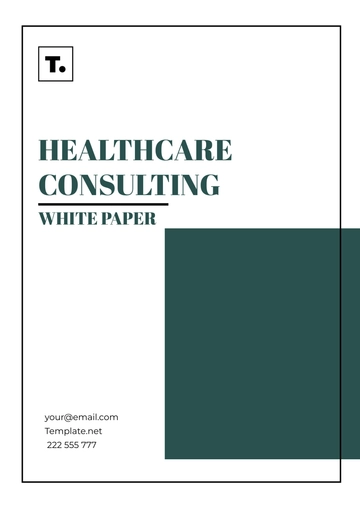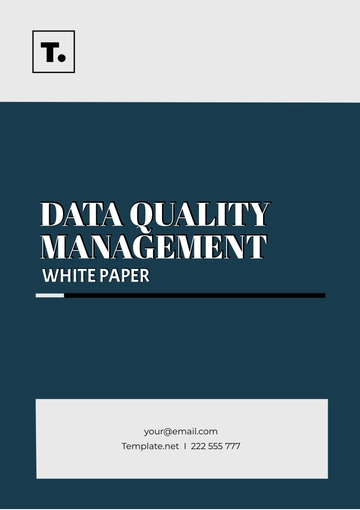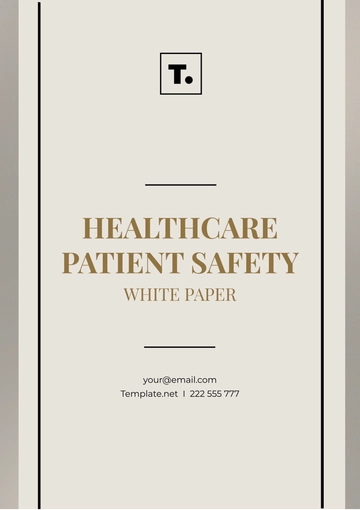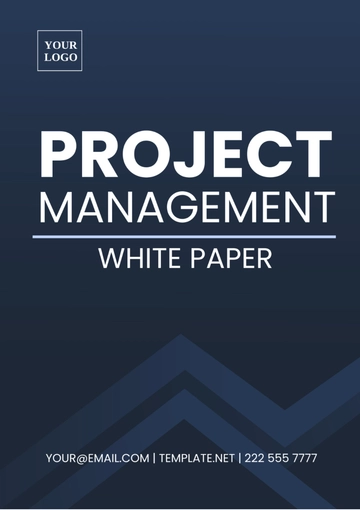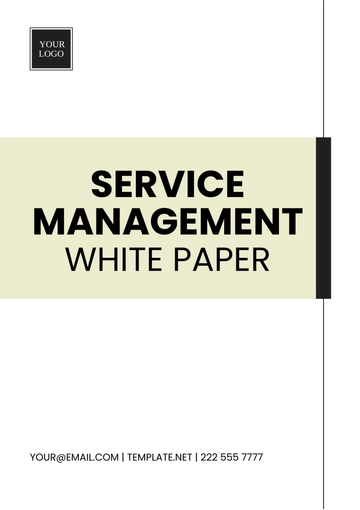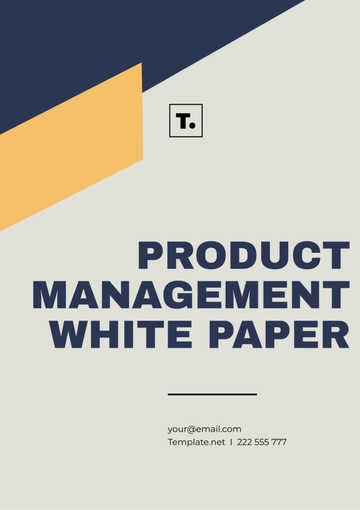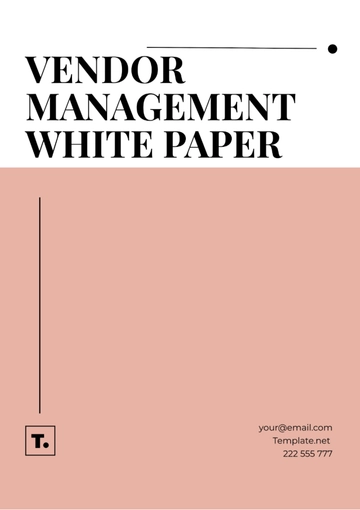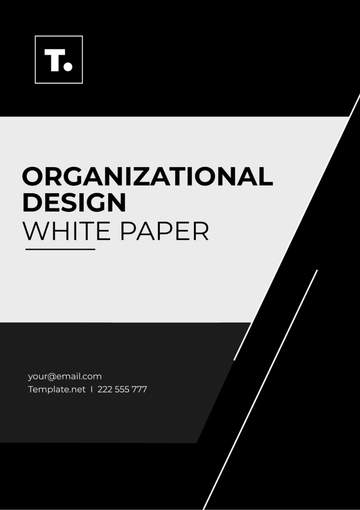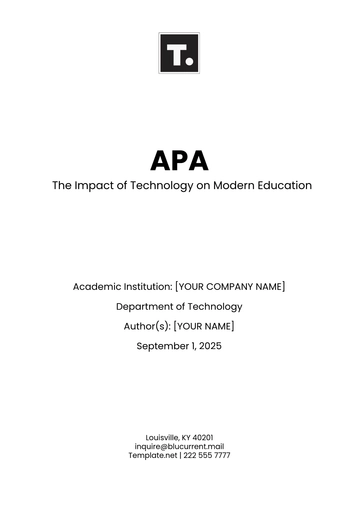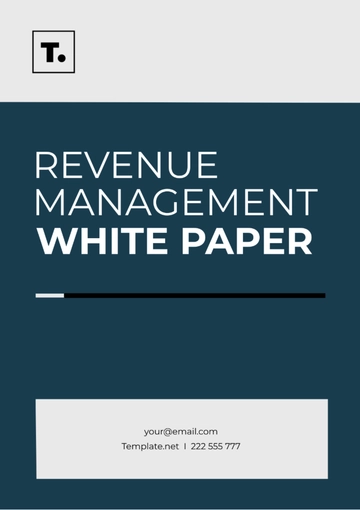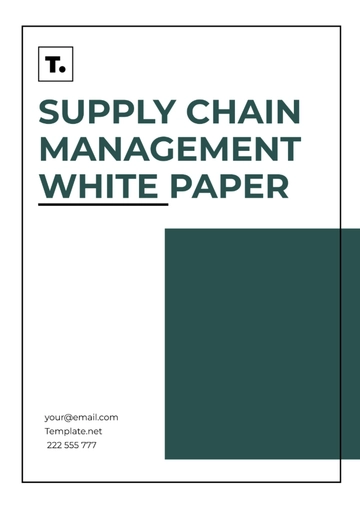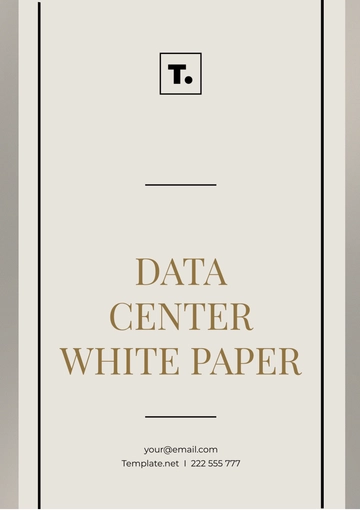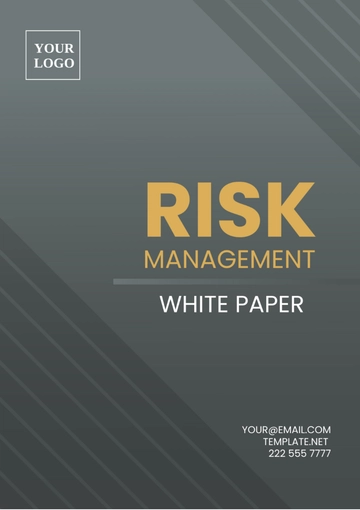Free Risk Management White Paper
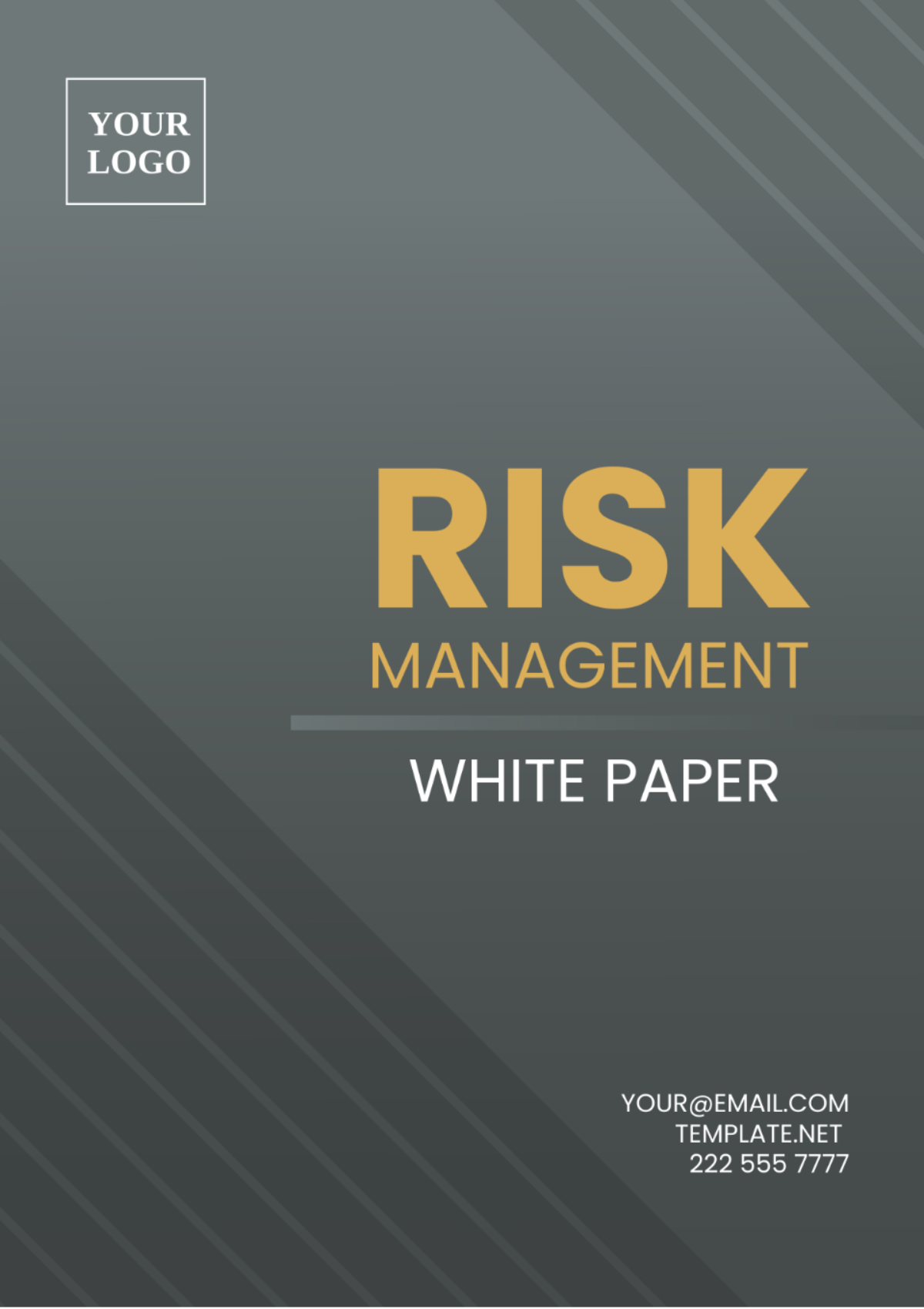
_____________________________________________________________________________________
_____________________________________________________________________________________
About the Author:
Author's Name: [Your Name]
Company: [Your Company Name]
Department: [Your Department]
Date: [Date]
_____________________________________________________________________________________

I. Executive Summary
A. Overview
In this white paper, we delve into the critical importance of effective risk management strategies within [Your Industry]. We explore the evolving landscape of risks, the impact on business operations, and the imperative for proactive risk mitigation.
B. Key Findings
Identification of key risk categories prevalent in [Your Industry].
Analysis of recent trends and challenges shaping risk management practices.
Evaluation of the consequences of inadequate risk management.
Examination of successful risk mitigation strategies adopted by industry leaders.
C. Recommendations
Implementing a comprehensive risk assessment framework tailored to the specific needs of [Your Company Name].
Establishing clear protocols for risk identification, assessment, and response.
Investing in advanced risk management technologies and tools.
Fostering a culture of risk awareness and accountability across all levels of the organization.
II. Introduction
A. Background
The dynamic landscape of [Your Industry] is characterized by a multitude of risks ranging from regulatory compliance to cybersecurity threats and market volatility. In today's interconnected global economy, organizations face unprecedented challenges that necessitate a proactive and adaptive approach to risk management.
B. Objectives
This white paper aims to:
Provide insights into the evolving risk landscape within [Your Industry].
Offer practical strategies for identifying, assessing, and mitigating risks.
Highlight the benefits of integrating risk management into organizational culture and decision-making processes.
III. Understanding Risk Management
A. Definition of Risk
Risk is defined as the potential for loss or harm resulting from internal or external factors that may impede the achievement of organizational objectives.
B. Importance of Risk Management
Safeguarding assets and resources.
Enhancing decision-making processes.
Fostering resilience and adaptability in the face of uncertainties.
C. Key Components of Effective Risk Management
Risk Identification: Identifying and categorizing potential risks relevant to [Your Industry].
Risk Assessment: Evaluating the likelihood and impact of identified risks on organizational objectives.
Risk Mitigation: Implementing proactive measures to reduce the likelihood or impact of risks.
Monitoring and Review: Continuously monitoring and reassessing risks to ensure the effectiveness of mitigation strategies.
IV. Implementing Risk Management Strategies

A. Risk Assessment Framework
Establishing criteria for risk prioritization.
Conducting comprehensive risk assessments at regular intervals.
Involving key stakeholders in the risk identification and assessment process.
B. Risk Mitigation Techniques
Preventive Measures: Implementing controls to reduce the likelihood of risk occurrence.
Detective Controls: Implementing mechanisms to identify risks promptly.
Corrective Actions: Develop response plans to address and mitigate the impact of risks when they occur.
C. Technology Solutions for Risk Management
Leveraging advanced analytics and AI-driven tools for risk prediction and mitigation.
Implementing integrated risk management platforms for centralized monitoring and reporting.
Investing in cybersecurity solutions to mitigate the growing threat of cyber risks.
V. Case Studies: Best Practices in Risk Management
Title: "Comparison of Risk Management Strategies Implemented by Industry Leaders and Emerging Trends"
_____________________________________________________________________________________
A. [Case Study 1: Industry Leader]
[Description of how a prominent organization in [Your Industry] effectively manages risks, highlighting key strategies and outcomes.]
B. [Case Study 2: Emerging Trends]
[Exploration of emerging trends and innovative approaches to risk management within [Your Industry], showcasing successful implementations and lessons learned.]
VI. Conclusion
A. Recapitulation
In conclusion, effective risk management is paramount for organizations operating in [Your Industry] to navigate uncertainties and seize opportunities in an increasingly volatile environment.
B. Call to Action
[Encourage readers to prioritize risk management initiatives and adopt proactive strategies to safeguard their organizations against emerging threats.]
VII. References
What are the emerging trends and challenges in risk management? (2023, March 29). Linkedin.com; www.linkedin.com. https://www.linkedin.com/advice/3/what-emerging-trends-challenges-risk-management
Al Haddad, H. (2023, July 11). The Role of Technology in Risk Management. Linkedin.com. https://www.linkedin.com/pulse/role-technology-risk-management-heba-al-haddad
VIII. Appendix
Include supplementary information such as detailed data tables, technical descriptions, or in-depth case studies.
- 100% Customizable, free editor
- Access 1 Million+ Templates, photo’s & graphics
- Download or share as a template
- Click and replace photos, graphics, text, backgrounds
- Resize, crop, AI write & more
- Access advanced editor
Enhance your risk management strategies with the Risk Management White Paper Template from Template.net. This editable, customizable template simplifies the creation of comprehensive white papers. Accessible in our AI tool, tailor it to your organization's unique needs effortlessly. Ensure thorough analysis and mitigation of risks with this invaluable resource.



